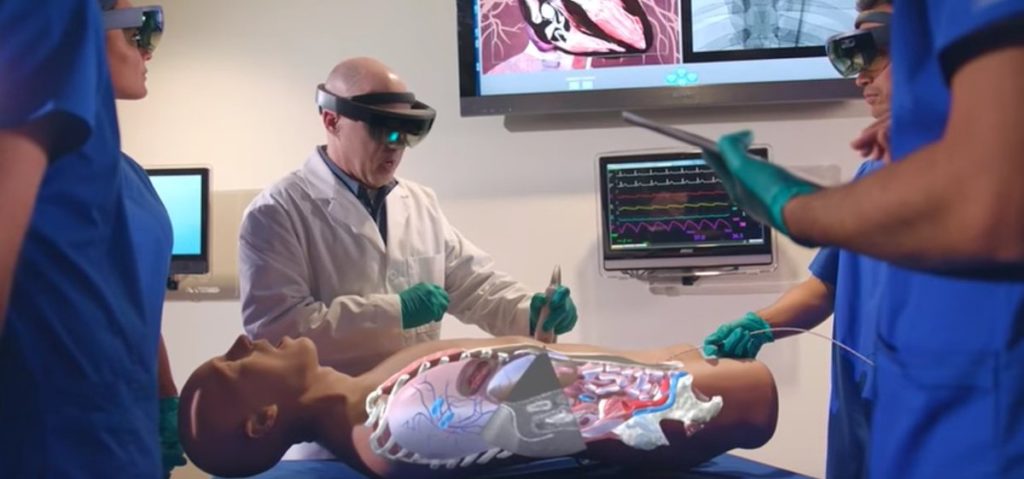The benefits that modern technology has brought to the field of medicine are beyond count. From better patient experiences to faster laboratory developments to safer surgical procedures, med tech has inspired revolutionary advances at a pace that continues to accelerate.
Artificial intelligence (AI) is one field of technology that has been widely used in medical applications. At its core, AI gives machines the ability to think. It has been leveraged in a wide range of settings to empower machines to manage tasks that require discernment or problem solving.
When applied to medical administration, AI has streamlined the patient onboarding and diagnosis process. It has assisted in the discovery and testing of treatments, allowing for shorter timelines and greater confidence in pharmaceutical effectiveness. When applied to analysis of medical data, AI has empowered the detection of health trends and the development of more effective health practices.

Moving forward, AI is expected to continue to bring dramatic improvements to medical processes and procedures. Precision medicine is one AI-empowered advancement that is especially promising. Medical treatments can be affected by any number of health, lifestyle, and genetic conditions. By leveraging AI, medical providers can consider all of those conditions and the impact they might have on a treatment’s effectiveness. The result is a personalized prescription that is precisely formulated for the individual patient.
Greater patient empowerment is another advancement that AI promises. From assisting with daily healthcare needs such as medication management to empowering accurate self-diagnosis, AI can be used as a type of virtual care provider. For those with chronic diseases, AI-empowered apps can fill the gap between doctor’s visits, resulting in higher levels of patient assurance and timely referrals when developments require a doctor’s involvement.
Augmented reality (AR) is another field of technology that is being used successfully to push advancements in the medical field. Rather than taking users into an immersive digital world, such as with virtual reality technology, AR is used to enhance the real world with virtual components. AR has proven to be effective in helping users to better understand how behind-the-scenes processes operate and the effect that they have.
AR is already being used in a number of medical applications. For example, AR devices gather information on vein structure and location, then project an image onto the patient’s skin to assist medical professionals in drawing blood.

In the future, AR is expected to provide medical professionals with the equivalent of X-ray vision that can be used for examining and diagnosing patients. This would involve taking information obtained via CT scans and other digital imaging and having them appear directly on the patient’s body. As a result, doctor’s could engage directly with the body — rather than with separate digital images — when examining patients, explaining conditions and treatment, and even conducting surgical and other therapeutic procedures.
AI and AR have already proven that they can play a key role in driving innovation in the medical field. For both patients and practitioners alike, the future of medicine will undoubtedly be influenced by the broader development of these game-changing technologies.




